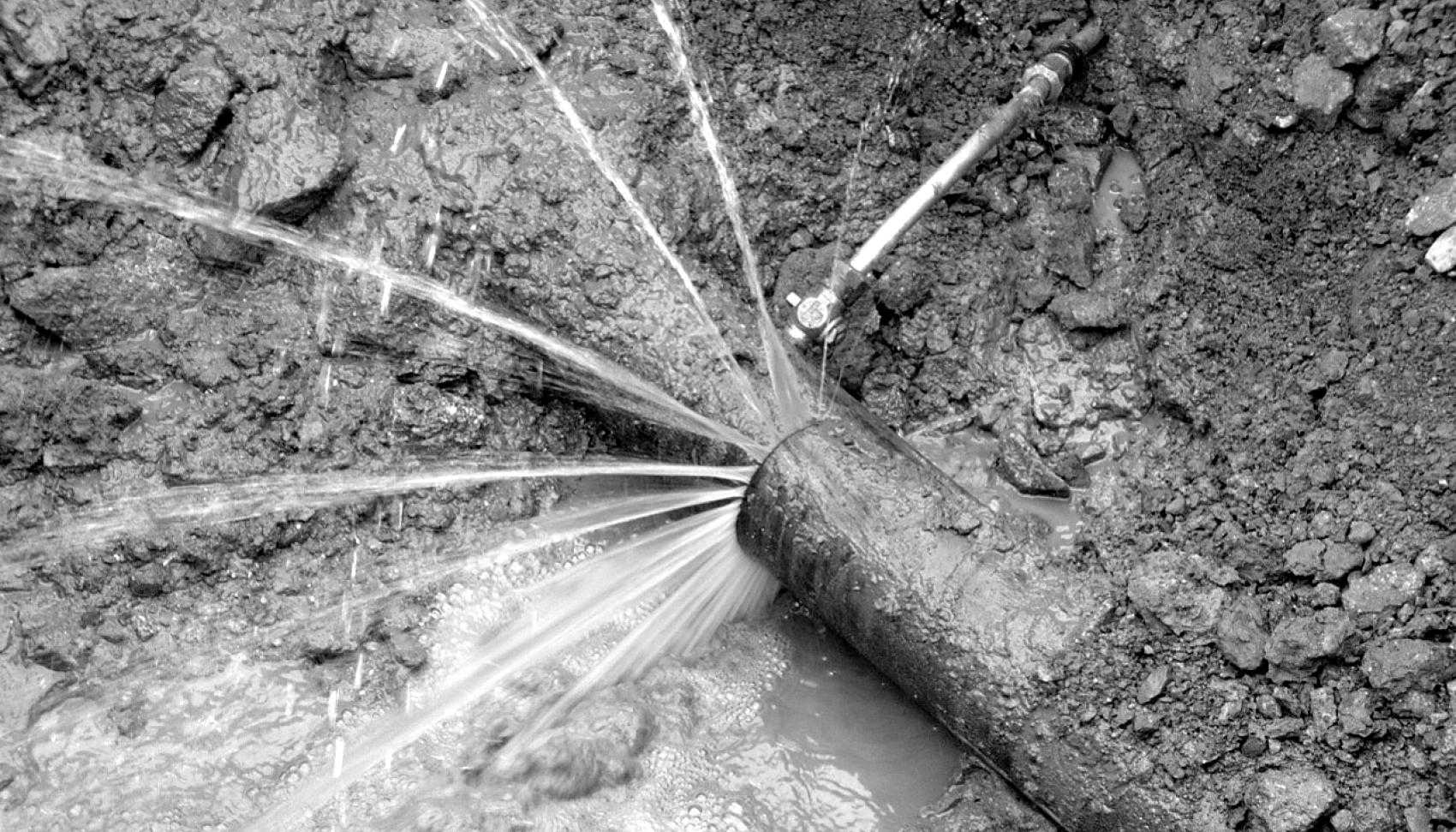The consumption charge is the largest part of your water bill. Any water that passes through the meter is considered consumed, including water passing through from a leak. To reduce your bill, check for leaks.
Customers can register for Customer Connect to monitor their daily water usage and receive alerts for higher than normal water consumption that may indicate a leak somewhere in your plumbing. Learn more about Customer Connect, here.
Customer can also manually read their water meter by taking a water meter reading just before going to bed, or when no one will use any water for several hours. Take another meter reading in the morning before any water is used, or after a few hours of non-usage. The two readings should be the same. If they are not, you have a leak and further investigation is recommended. Learn how to read your water meter and how it measures water, here.
Toilets are the most common source of water leakage. To test your toilet to determine if it has a leak:
- Put a toilet testing tablet or food colouring in the tank. If, without flushing, colour seeps into the bowl, the toilet has a leak.
- Lift the tank cover and look for water running into the overflow tube. To test the overflow tube, carefully remove the lid from the toilet tank and the water level should be approximately one inch below the top of the overflow. If the water level in the toilet tank is at the top of the overflow tube, that is where a leak may be occurring, and the float which controls the water level should be adjusted.
A toilet leak of any type should be repaired immediately.
Most repairs can be done by an experienced “do it yourselfer”. It’s important to stop the leak. If after you have completed your testing your results are inconclusive or you are not sure you can handle the job, you may wish to contact a plumber.



